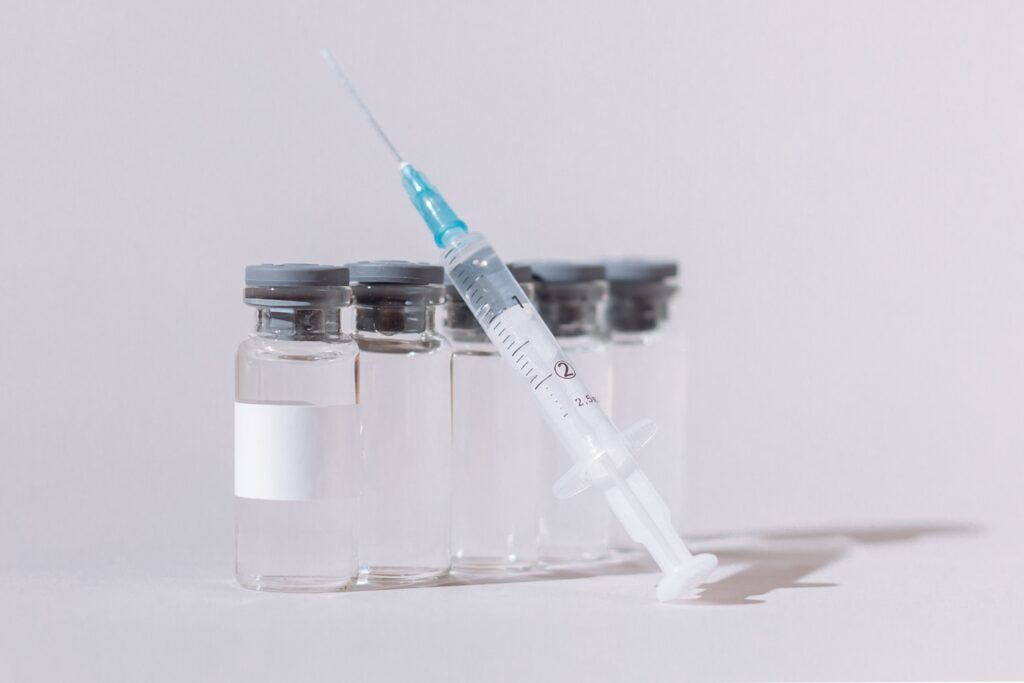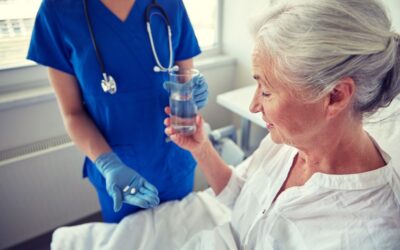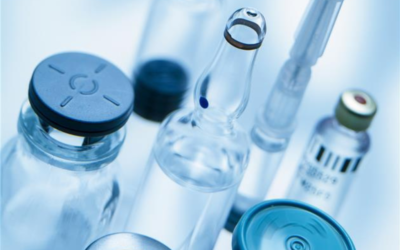
A bit of history
According to data from the World Health Organisation (WHO), since the introduction of vaccinations in the world today there has been a 50% reduction in deaths attributable to the most well-known vaccine-preventable diseases. But let’s take a step back, how did the vaccine come about?
The history of vaccinology has very ancient origins. The ability of the immune system to activate specific protections against viruses and bacteria was first mentioned by Thucydides in 430 BC in his account of the ‘Plague of Athens’, a devastating epidemic caused by a highly deadly viruses that invaded Greece during the Peloponnesian War.
However, in all likelihood, the first to use primordial vaccination techniques were the doctors of the Chinese imperial Sung dynasty, putting them in contact with the healed wounds of the sick to help them develop the necessary immune defenses.
Why is it called a vaccine?
In the late 19th century, in a small British village near Bristol, the physician and naturalist Edward Jenners observed that milkers in contact with pustules from cows suffering from smallpox were immune to the human form of the disease. In order to validate his thesis, he used the empirical method, he inoculated an eight-year-old child with the fluid from the pustules present in the sick cows and found that the child remained immune to smallpox even though he had come into contact with it. Hence the origin of the name “vaccine”, which derives from the latin word “variolae vaccinae” which literally means “cows’ smallpox”.
Modern vaccination and new frontiers
We had to wait until the mid-19th century for a radical evolution, when scientific, methodological and conceptual foundations overcame the empirical method used until then.
With the study of the immune system by Louis Pasteur, considered the founding father of modern microbiology, and on the basis of the isolate, inactivate and inject principles he formulated, vaccination gradually took hold to remedy ‘new’ infectious diseases that to date have saved the lives of hundreds of millions of people worldwide.
Finally, there is the valuable and important role played by vaccination for pets. The Vaccination Guidelines Group (VGC) of the WSAVA published worldwide vaccination guidelines for cats and dogs in 2007 (updated in 2010). Prominent among these is the strong recommendation of the WSAVA that, whenever possible, all dogs and cats should benefit from vaccination. This not only protects the individual animal, but also provides excellent ‘population immunity’ that minimizes the possibility of outbreaks of infectious diseases. This is why it is so important to manage infectious diseases through the integrated collaboration of human, animal and environmental health processes.
The safety of vaccines
Today, the decision to introduce new vaccines, as well as being an act of responsibility, must respond to rigorous scientific evidence of efficacy and safety.
Specifically, the minimum requirements for the marketing authorization of a vaccine must respond to:
- utility;
- quality (free from exogenous bacterial, fungal or virus contaminants);
- safety for humans and animals (absence of adverse reactions);
- immunogenicity (ability to stimulate the production of antibodies in animals and humans);
- protective efficacy.
Focus on quality
Achieving the highest quality vaccine requires meticulous attention. Sterilization and depyrogenation for the preparation of the bottles that will contain the vaccine to be inoculated into humans and animals are an example of this.
For this reason, specific systems and equipment have been designed to destroy or inactivate potential microorganisms present on an object in order to guarantee the absolute absence of viable pathogenic and pyrogenic microorganisms.
DHS depyrogenators by LAST Technology
This type of oven was also developed as a solution in response to the quality standards required to obtain marketing authorization for a vaccine.
Using class 100 (ISO 5) hot air and pre-selected or customized programs, the DHS ovens guarantee maximum performance in the sterilization and depyrogenation of vials, ampoules, bottles and steel parts. The dry heat of up to 300° and excellent heat distribution during all phases of sterilization and depyrogenation ensure the inactivation and destruction of pyrogenic microorganisms. DHS ovens today are therefore an active part of the complex process of research, development and marketing of one of the key products that will increasingly lead to improved human well-being and scientific progress in the future.


